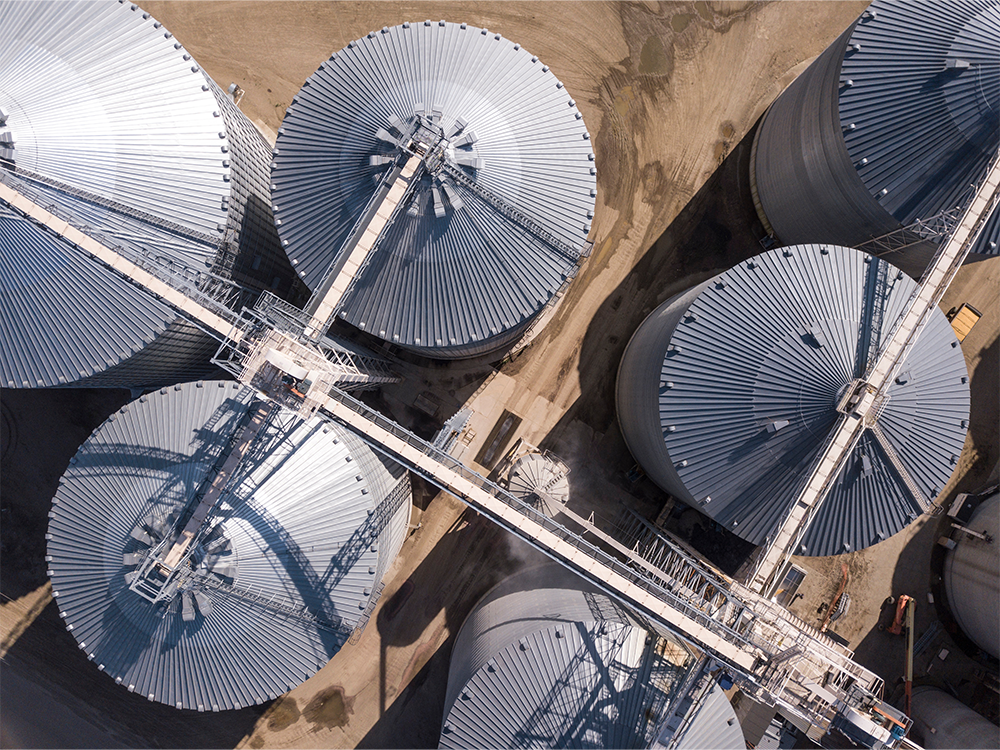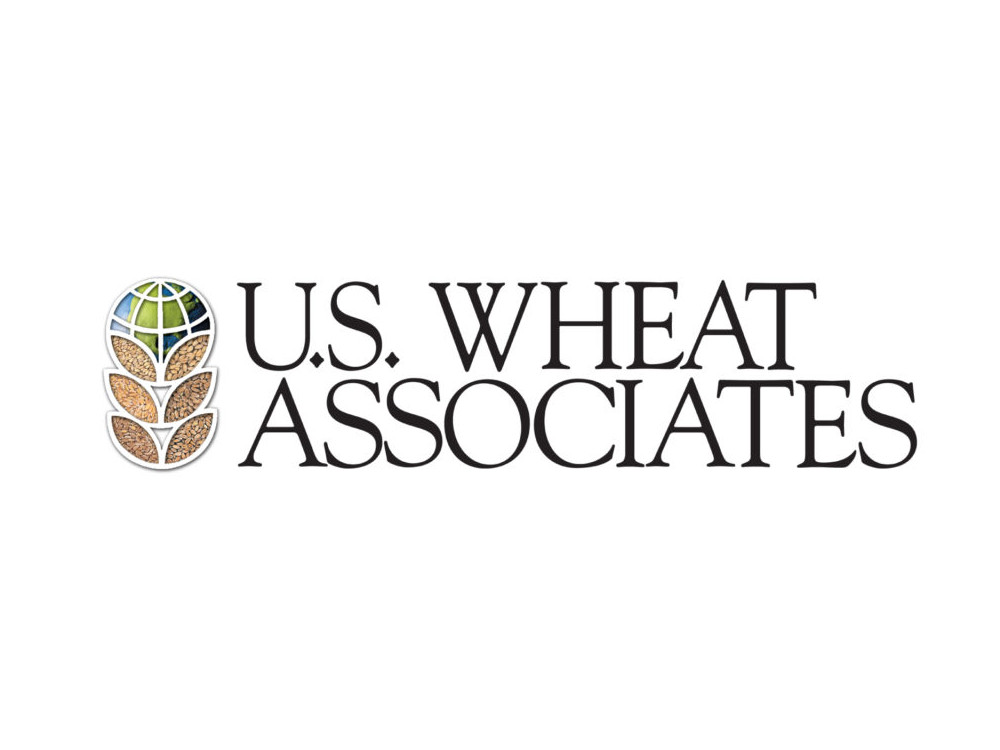Quality relationships are the foundation of solid partnerships.
Hosting trade teams is one way that relationships are cultivated, building stronger alliances for U.S. wheat exports. When members of a trade team return to their home countries, they share stories of visiting farms and getting to meet the farmers who grow wheat. They value putting a face – and a farm and a field – with the quality wheat that comes from the U.S., along with the educational materials and technical information they receive.
This summer, the Minnesota Wheat Research & Promotion Council (MWRPC) hosted three trade teams – more than double their usual one – from the Caribbean, sub-Saharan and Southeast Asia.
“These are 100% for relationship building,” said MWRPC Executive Director Charlie Vogel. “When you don’t have the luxury of being the cheapest wheat in the world – when you’re the most expensive wheat in the world – you have to upsell on the relationships, technical services and quality. That’s what these trade teams are all about.”
 Coordinating with U.S. Wheat Associates (USW), trade teams come to the U.S. and are given a thorough look at the supply chain – from the farm to the local elevator to grain transportation hubs to port facilities and everything in between. With a long history of being a dependable supplier of wheat, trade teams allow its members to explore the work being done to assure a stable and reliable U.S. wheat crop.
Coordinating with U.S. Wheat Associates (USW), trade teams come to the U.S. and are given a thorough look at the supply chain – from the farm to the local elevator to grain transportation hubs to port facilities and everything in between. With a long history of being a dependable supplier of wheat, trade teams allow its members to explore the work being done to assure a stable and reliable U.S. wheat crop.
The first trade delegation to visit the “Land of 10,000 Lakes” was from the Caribbean. Traveling to multiple corners of the state, the team began its visit in Duluth where they toured the Port of Duluth-Superior and learned about the St. Lawrence Seaway’s potential.
“Being able to go to the Port of Duluth and see its facilities was an integral part of this trade team,” Vogel said. “The St. Lawrence Seaway has great export opportunities and they saw just how underutilized it is.”
After their visit to the North Shore, the group headed to Elbow Lake, where they met with Minnesota wheat grower and MWRPC Area 2 Director Scott Swenson on his farm.
“It was fun to see how excited they were to climb up in the machinery and see an actual wheat field,” Swenson said. “Every market is important. We have the opportunity to get more business out of South America so it’s essential that we nurture our relationship with them.”
To commemorate their time spent on the farm, the trade team was gifted John Deere hats from the local dealership and enjoyed fresh baked cookies from Scott’s wife, Michelle.
Walking the line
The sub-Saharan team kicked off their visit to Minnesota in the Twin Cities, where they visited Buhler and CHS before touring the ports of Savage. While at CHS, Ryan Caffrey, vice president of global wheat trading and risk management, gave a market outlook; Caffrey manages risk for all global wheat positioning and origination trade teams located in the major wheat growing areas of the United States, Black Sea, Danube, South America and Australia.
They wrapped up the day by meeting with a representative from Stone X, an “institutional-grade financial services network that connects companies, organizations, traders and investors to the global markets ecosystem through a unique blend of digital platforms, end-to-end clearing and execution services, high-touch service and deep expertise.”
The trade team experience was a first for MWRPC Vice President of Operations Coreen Berdahl.
“I’d never been to any of the facilities we visited so that alone was a great experience for me,” Berdahl said. “Just as it was for the trade team, it was all new to me.”
After stops in the Twin Cities, the delegation headed to Duluth to tour the Port of Duluth-Superior, making sure to squeeze in a little sight-seeing.
As she handed the trade team off to North Dakota to continue its trip, Berdahl hoped that they were able to form a complete picture of the value chain.
“I think it’s important for those purchasing the wheat to get to see where it’s actually coming from,” Berdahl said. “It’s important that we give them the opportunity to shake the hands of the people they work with on a daily basis and strengthen those relationships.”
Whenever the opportunity arises, MWRPC connects trade teams with Jim Anderson, a wheat breeder at the University of Minnesota.
“We also have the trade teams meet with Jim Anderson, going through his plots and the wheat breeding process to emphasize the inverse relationship between quality and yield,” Vogel said. “We’re really trying to walk that line. We’re developing varieties that are competitive that the farmer wants to grow but also has enough yield and maintains the quality needed by the end user.”
As the trade teams boarded their flights home, MWRPC hopes they were reminiscing on all that Minnesota – and U.S. – grown wheat has to offer.






